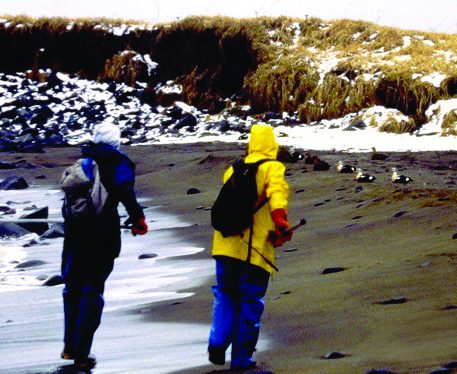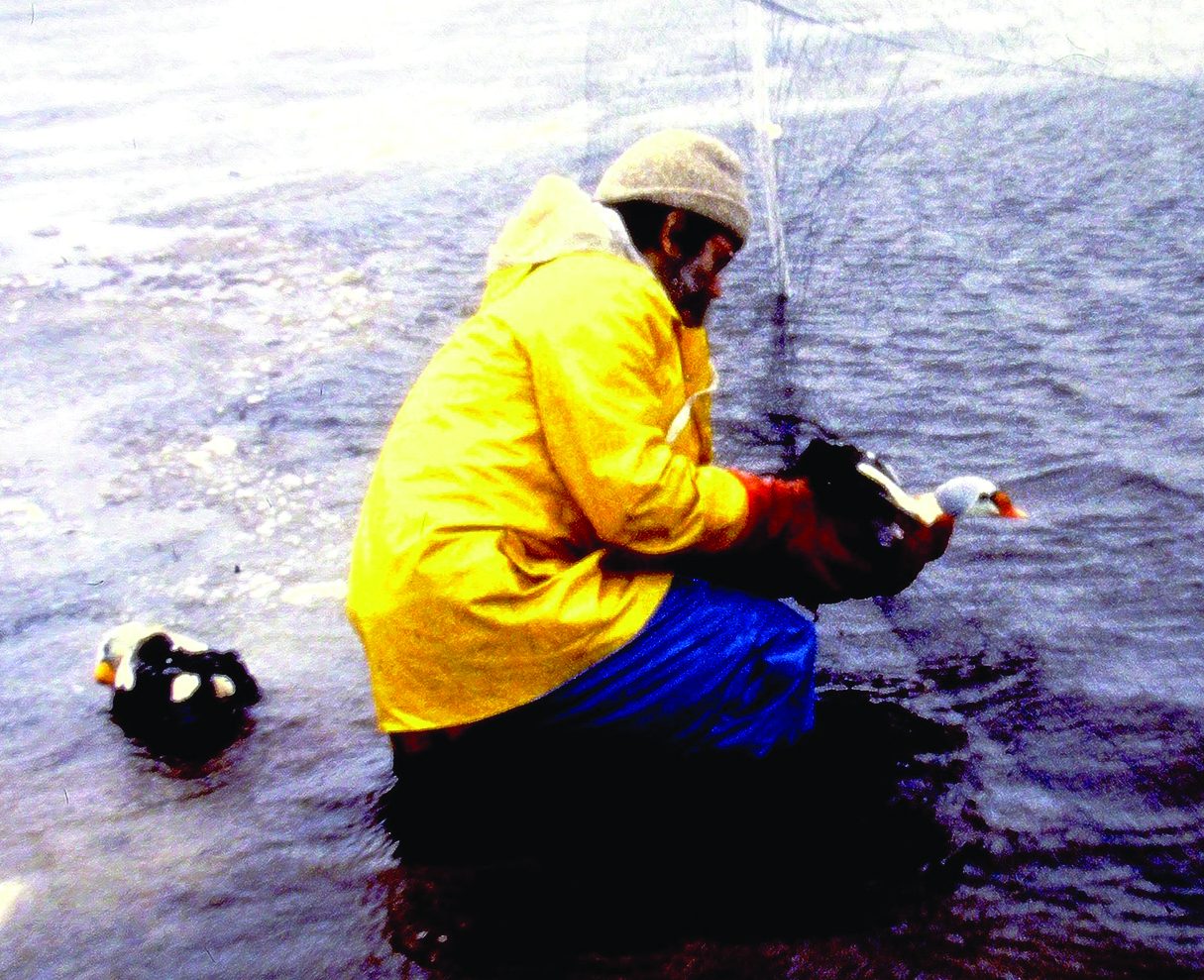
Training Alaskans to Rehabilitate Oiled Birds
Training Alaskans to Rehabilitate Oiled Birds
The nonprofit organization International Bird Rescue (IBR) is dedicated to saving and rehabilitating injured and oiled aquatic birds.

IBR maintains a turnkey facility in Anchorage that is fully outfitted with wash facilities and pools, ready to receive affected birds from anywhere in the state. A team of trained volunteers staff the facility and are on standby to care for individual birds in Anchorage or rush to coastal sites to deal with an incident. The training of IBR volunteers is critical to the recovery of the birds and the effectiveness of any overall response. For the past two years, Matson has supported that training.
“OSHA and the Coast Guard have requirements,” said IBR Senior Director of Response Services Barbara Callahan. “Unless you have safety training and work under [International] Bird Rescue’s permit, you can’t just help the animals. This training allowed the 24 or 25 people in our recent training class to work under our permit.
“They can volunteer at the rescue center in Anchorage or, if we get them HAZWOPER-trained (Hazardous Waste Operations and Emergency Response), they can go into the field. HAZWOPER is an OSHA requirement for anybody working in any part of an oil spill.”
IBR has proven to be an effective organization working to improve its efficiencies. The organization started 53 years ago when two oil tankers collided in San Francisco Bay. Two volunteer responders to that spill founded IBR and increased the survival rate of birds impacted by spills.
“Nobody knew how to do it,” stated Callahan. “They put mineral oil on them. They rolled them in cornmeal. They just didn’t know. Today, we have written most of the protocols that are in use around the world. Yes, we use Dawn dish soap, and Dawn films those TV commercials you see on TV at our California facility. Our clinics are where we constantly research how to do this better.”

A great example of doing things better came in 1996 with the M/V Citrus spill, which impacted over 1,000 eiders in the Pribilof Islands, and IBR led the wildlife response.
“We put bands on every bird we release,” explained Callahan. “Last year, we got a return on a 23-year adult eider living out in the Pribilof Islands, out in the Bering Sea. He got oiled, medically stabilized on the island, and flown into Anchorage where we further stabilized him, cleaned him, reconditioned him to 100% waterproof, and flew him back out to the island where he can live another 23 years.”
Of all the seabirds IBR rescued from the M/V Citrus spill, 82% were released back into the wild.
